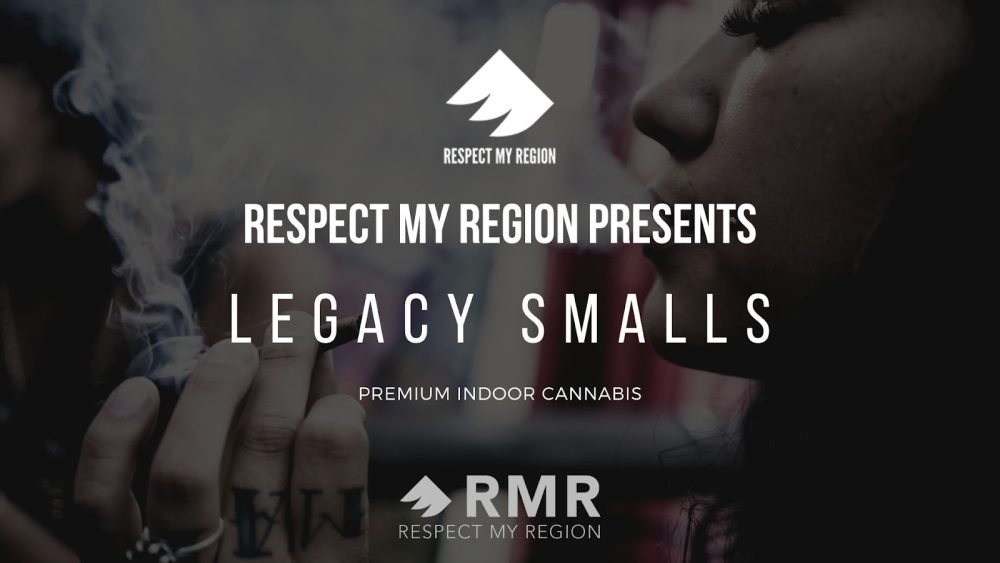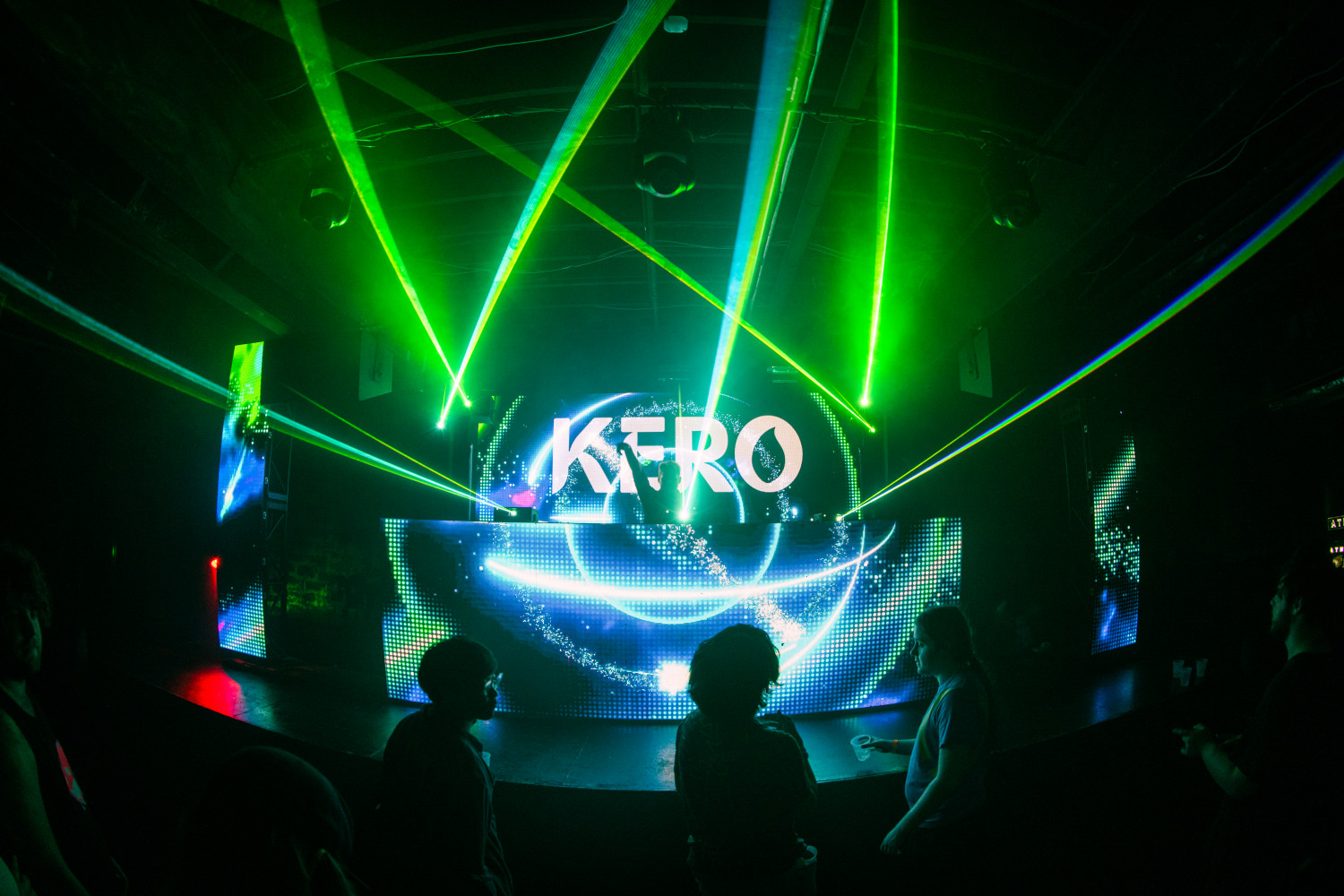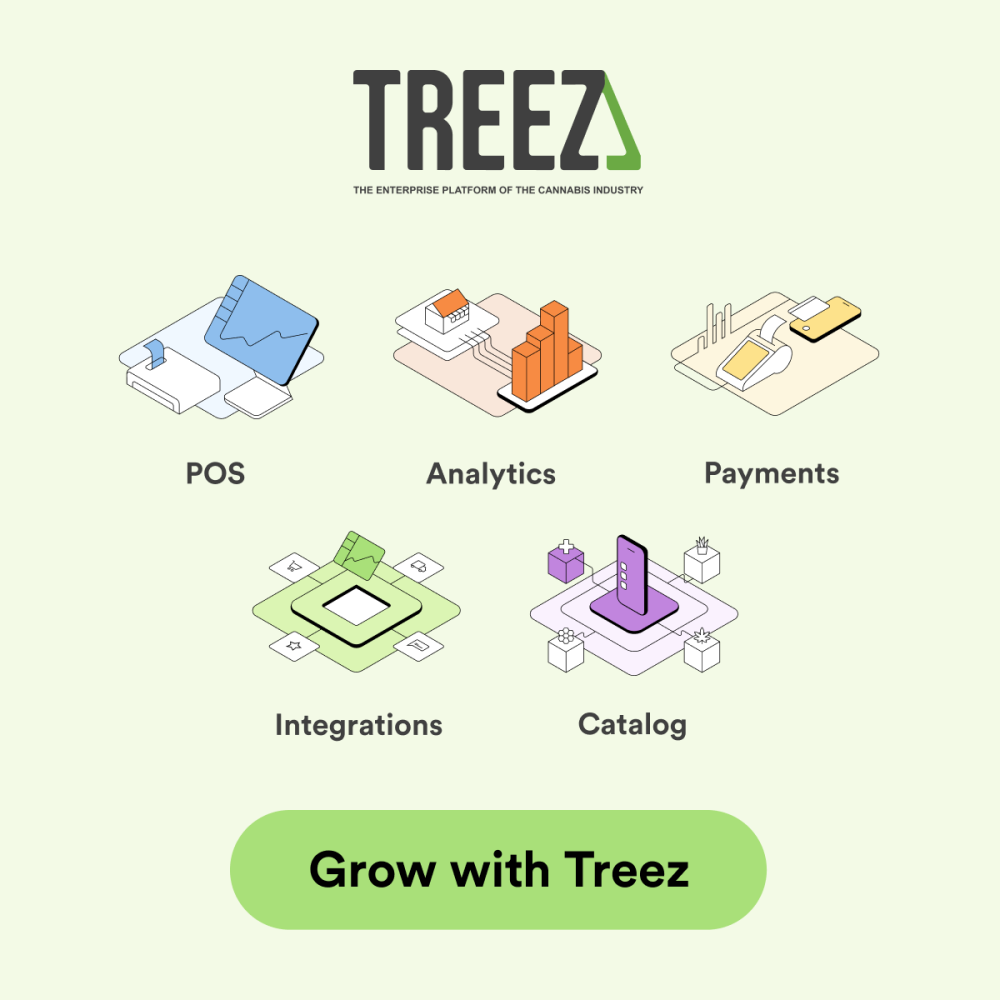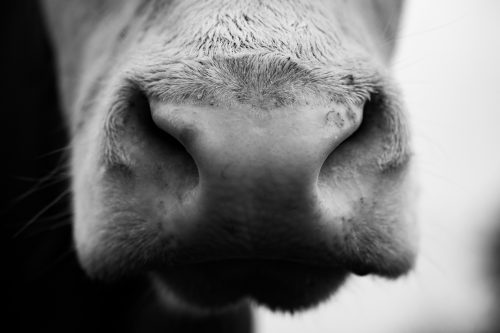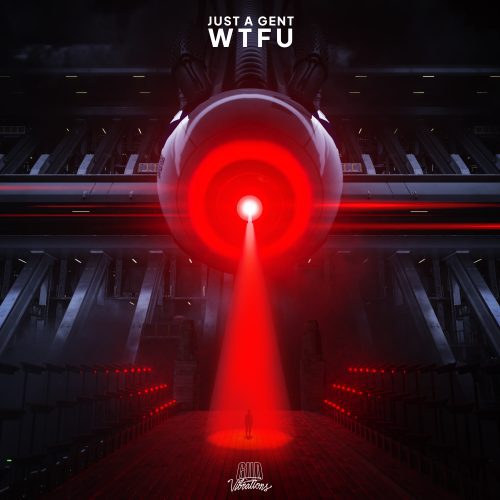Artists like KERO know that electronic music always exists at a turning point. From the early house scene in Chicago to the experimental synthesis of the Moog, electronic music has shifted rapidly. This drive for innovation possessed by the leaders of the style has created beautiful music and, ultimately, a sense of uncertainty. For many artists, working in an ever-changing industry seems daunting. For others, this change draws them even closer.
KERO consistently outputs music at the forefront of this genre. Combining influences from jazz, dubstep, future bass, and more, he creates an atmosphere that refreshes and immerses listeners. KERO’s work also symbolizes a trend of successful electronic artists finding a balance between tradition and new ideas.
Who is KERO?
KERO explains his style as somewhere between heavy sound design and the melodic aspects of future bass. This leads him to subgenres such as colour bass, where shiny, high-tech sounds meld with emotional harmonies. “I spend a lot of time producing very DJ-able electronic dance music,” says KERO.
KERO’s 2022 discography from Twitter
For KERO, electronic music first started to take hold of his interest around 2018. “I really credit that pipeline starting to that one Andrew Huang video that Virtual Riot was in,” says Kero. YouTube musicians often try to incorporate a variety of genres, and this kind of diligence helps listeners find where their passion lies. He started making music in FL Studio, but “didn’t know how to access the mixer channel… for two years,” he laughed. Beyond diving into Virtual Riot’s discography, he also connected with bass music artists Skrillex, Eliminate, and Au5.
KERO’s Musical Journey
KERO’s musical journey includes plenty of twists and turns as well. “I’m a reformed classical composer turned EDM [producer] after one semester at Berklee,” he asserts. He arrived at college with the intention to major in classical composition. However, his curiosity led him elsewhere. He fell in love with video game music after finding electronic VGM artists like Disasterpeace. This led him to pursuing a degree in electronic production, along with discovering a love for the technical aspects of EDM. “It kind of became my life in 2021 out of nowhere,” says KERO.
KERO onstage at a venue
The variety within electronic music helped bring KERO into the loop quickly. He began producing more seriously, using Ableton to create high-quality EDM. He found his footing with sound design and mixing, and fell in love with the process.
KERO’s musical influence spans many genres. His experience in a jazz fusion band while in college helped him come up with new melodic ideas. “It’s fun to throw different influences in there,” he says, mentioning how working in a melodic subgenre of EDM has opened new doors for him. Collaborating with artists like Convexity, he’s been able to channel jazz-inspired harmonies into his music. This innovation is part of what keeps him going.
The Evolution of the Industry
Beyond jazz, the underground electronic scene plays a role in how he approaches his music. “The way hyperpop mixing is… it’s influencing the EDM scene, and almost kind of conversely,” KERO realizes. Hyperpop plays a role in his production as well, with influences including Brakence, Jedwill, SOPHIE, and grape milk. He says that the “trash can lid” drum in his track “Unspoken” is inspired by SOPHIE’s drums.
Regarding the fast-paced change of the electronic scene, KERO asserts that it’s exciting, yet also sometimes pressuring. With new musicians flocking to the industry daily, standing out can seem like a difficult task. For KERO, finding the ability to rise above the crowd came around 2021. KERO describes that after the pandemic had begun, EDM artists began attempting to make their music “a little more palatable for at home listening”. In many ways, this transition from dark, atonal dubstep into colour bass received support from styles like future bass. With a background in that style, KERO thrived.
KERO featured on the Colour Bass Vol. 3 tracklist
“Nobody predicted colour bass,” says KERO. With artists like Chime leading the push for the fusion of melodic EDM, dubstep, and future bass, producers like KERO found a home for their sound. Before colour bass, KERO asserts that he “didn’t feel like [he] was adding anything new to the table.” However, with his experience in future bass and dubstep combined, this new subgenre fit his ideas perfectly. “All art is influenced by other art and I think the key is having just multiple influences at one time: and that eventually just coalesces into your own sound,” says KERO.
KERO on Rushdown Records
On a whim in 2021, he decided to enter a contest at Rushdown, the leading colour bass record label at the time. He won second place in the contest, along with submitting a few other demos for review. At first, he didn’t release any tracks officially with the label. Eventually, however, Skybreak reached out to him directly asking for demos. Rushdown accepted his demo for “Rainforest,” and then included “Radio Silence” in Colour Bass Vol. 3. “I feel like I haven’t really done the thing where I incessantly shoot my shot… I feel like I have just gotten very lucky consecutively in a row,” insists KERO.
Years of hard work helped prepare him for this moment, however this one moment meant a lot as well. “I entered one contest, and everything else kind of just happened,” he reiterates, thanking his roommate Nico for pushing him to enter. Though the contest briefly interrupted his films scoring projects, he says he doesn’t regret what he prioritized. It made him realize something more important: “Maybe I wanna do this, like, all the time,” he suggests.
KERO’s Ecosystem EP from Rushdown’s YouTube channel
KERO also released his Ecosystem EP with Rushdown. The EP focused on blending organic, lifelike sounds with the aesthetics of color bass. This creates a dreamlike influence that draws fans back in over and over again.
Surviving the EDM Industry
Despite all his love for the industry, KERO also retains awareness of what makes it difficult to succeed sometimes. “For a while, I was like, ‘I don’t know how to differentiate myself’,” he says. As a result, he developed new strategies for making a sound that is “evergreen, no matter where the scene went.” He created a host of signature sounds and background elements, referring to them as “calling cards.”
fHe has a specific Reese bass that alerts listeners of his style. He mentions that people even comment on his arpeggio design, saying that it sounds uniquely like him. “The greatest honor I’ve ever felt is [hearing] ‘this is a very KERO-inspired thing’,” He continues. Having the ability to give new ideas back to a scene that has given him so much feels fulfilling.
Beyond his signature sound design, his mixing always feels clean, complete, and full. “Ableton stock plugins… that will always be a hill I will die on forever,” he adds firmly. Breaking down barriers for smaller artists by asserting the value of free and inexpensive mixing solutions helps maintain a healthy industry. “I’ll use Ozone if I’m mastering, sometimes I won’t. Sometimes, I’ll let it leave the DAW at +15. Mastering engineers would hate my projects,” he says laughing.
Operator from KERO’s Neon EP
Standing Out
However, in addition to these consistencies, KERO continues to make each sound unique in its own right. “I try to make every song I do very distinctly different from the last,” he says. This goal seems incredibly evident in his most recent EP. For Neon EP, none of the drops sound exactly the same- even within the same song. The EP developed quickly, beginning around January 2023. With lots of inspiration and highly-developed techniques, KERO pitched the tracks in the middle of march. Neon EP demonstrates another musical technique of his: inverting previous ideas. “What’s the opposite of something natural [like Rainforest EP]… a neon light kind of thing… okay, that’s a concept!” he decides. He half-jokingly suggests, “I was kind of George Lucas-ing my way through it.”
Travelling Around the US
Travel remains a crucial part of KERO’s musical journey. “I wrote ‘Neon Love Song’ in Virginia, in my childhood home,” he says, mentioning that artists can write electronic music from almost anywhere now. He also experienced the Boston scene while studying at Berklee. “I think Boston’s even at a turning point now,” he says, mentioning the increase in bass music and hyperpop artists popping up in the area. “Pre-2020 and post-2020 Boston electronic scene- completely different animals,” he observes. He also mentions that Berklee didn’t have an electronic music club until post-2020, describing how that changed his connections to the scene. “It would be cool if we have kind of a renaissance in Boston,” he adds excitedly.
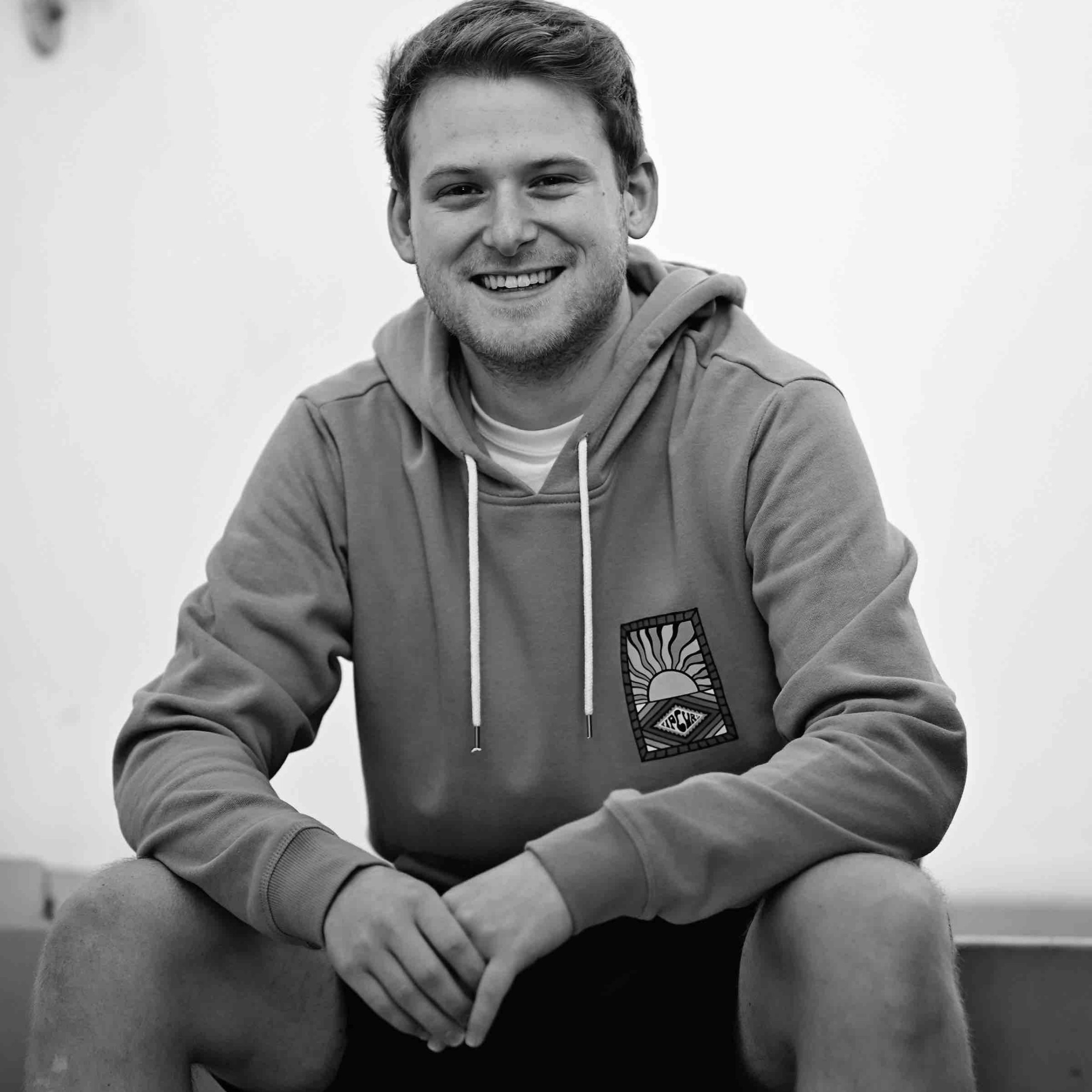
Headshot of KERO
As of now, however, KERO lives in LA. He says, “I think LA is always going to be just a spot for dance music,” mentioning the city’s connections with pop music as well. The idea of collaborating with talented songwriters and artists in California excites him. He recognizes the value of other cities as well, mentioning trap music from Chicago and Virtual Riot’s recent move to Minneapolis.
Vision for the Future
“We need another big mainstream push for electronic,” says KERO. He envisions a scene where artists from all over the world are collaborating and releasing music that sounds uniquely their own. “Whenever there’s a healthy underground scene, that always blows over into something,” he adds, “I’d loved to be involved.” He plans to continue releasing EPs of different themes, along with the pop-oriented production that he’s exploring. “I never wanna stop making the KERO that we know now,” he insists.
RAPPER WEED: WHICH RAPPERS HAVE CANNABIS PRODUCTS IN THE MARKET?
10 UNDERRATED FEMALE RAPPERS YOU SHOULD LISTEN TO RIGHT NOW
9 RAPPERS FROM DETROIT YOU NEED TO KNOW THIS YEAR
